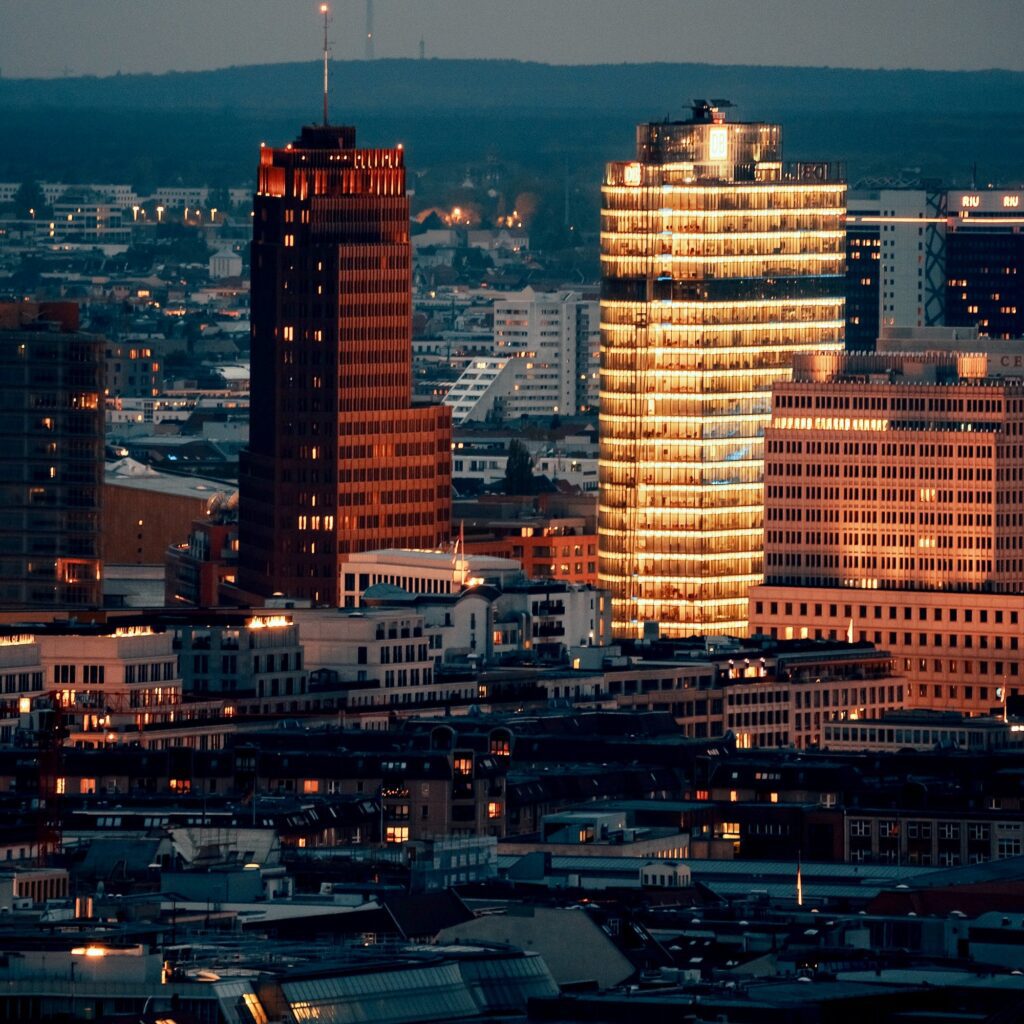Introduction:
The Northern Lights, or Aurora Borealis, stand as one of nature’s most mesmerizing displays. To witness this ethereal dance of colors requires careful planning and a touch of celestial strategy. In this guide, we’ll unravel the secrets to planning your Aurora nights, from understanding the science behind the lights to considering guided tours for an immersive experience.
1. Understanding the Science:
The Northern Lights are a celestial ballet resulting from the interaction of charged particles from the sun with gases in the Earth’s atmosphere. The colors—greens, purples, blues—are a testament to this cosmic interaction.
2. Researching Peak Northern Lights Seasons:
Research is key to optimizing your chances of witnessing the Northern Lights at their peak. Different regions and times of the year offer varying degrees of visibility. Typically, the winter months, from September to March, are considered prime time due to longer nights and clearer skies.
3. Identifying Peak Times:
Within the broader window of the Northern Lights season, specific months and times provide better opportunities for sightings. Monitoring solar activity indicators, such as the KP index, can help pinpoint nights with heightened Aurora activity.
4. Choosing the Right Location:
Selecting the right location is paramount. Destinations like Iceland, Norway, and Sweden are renowned for their dark skies and optimal Northern Lights viewing conditions. Consider factors like local weather patterns and light pollution to enhance your experience.
5. Monitoring Solar Activity:
Stay informed about solar activity, particularly the KP index, which measures geomagnetic activity. Higher KP indices often correspond to more intense Northern Lights displays. Numerous apps and websites provide real-time updates, ensuring you’re well-prepared for optimal viewing.
6. Considering Guided Northern Lights Tours:
a. Expert Insights:
Consider joining guided Northern Lights tours for an enriched experience. Expert guides possess in-depth knowledge of local conditions, offering valuable insights into the science and folklore behind the lights.
b. Strategic Location Selection:
Guided tours often take you to prime locations away from light pollution, increasing your chances of witnessing a vibrant Aurora display. Guides leverage their knowledge of local geography and weather patterns to choose optimal spots.
c. Photography Tips and Equipment:
Guides can offer valuable tips for capturing the Northern Lights on camera. From camera settings to composition techniques, their expertise can significantly enhance your photography skills during the night.
d. Cultural and Educational Experience:
Guided tours provide not just a visual spectacle but a holistic experience. Guides share cultural and scientific knowledge, adding depth to your encounter with the Northern Lights.
e. Flexibility and Safety:
Guides are adept at monitoring changing weather conditions, ensuring flexibility in plans for the best viewing opportunities while prioritizing safety in challenging environments.
Conclusion:
Planning your Aurora nights is a delicate blend of scientific understanding and experiential guidance. Researching peak Northern Lights seasons and joining guided tours offer a harmonious approach to witnessing this celestial phenomenon. Whether you’re a seasoned Aurora chaser or a first-time spectator, the Northern Lights promise a cosmic dance that transcends the ordinary—just be sure to plan accordingly for a front-row seat to nature’s grand spectacle.
